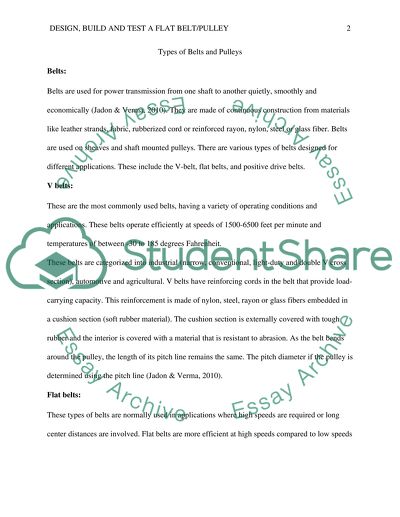Cite this document
(“Types of Belts and Pulleys Research Paper Example | Topics and Well Written Essays - 2500 words”, n.d.)
Retrieved from https://studentshare.org/engineering-and-construction/1493924-design-build-and-test-a-flat-belt-pulley
Retrieved from https://studentshare.org/engineering-and-construction/1493924-design-build-and-test-a-flat-belt-pulley
(Types of Belts and Pulleys Research Paper Example | Topics and Well Written Essays - 2500 Words)
https://studentshare.org/engineering-and-construction/1493924-design-build-and-test-a-flat-belt-pulley.
https://studentshare.org/engineering-and-construction/1493924-design-build-and-test-a-flat-belt-pulley.
“Types of Belts and Pulleys Research Paper Example | Topics and Well Written Essays - 2500 Words”, n.d. https://studentshare.org/engineering-and-construction/1493924-design-build-and-test-a-flat-belt-pulley.


